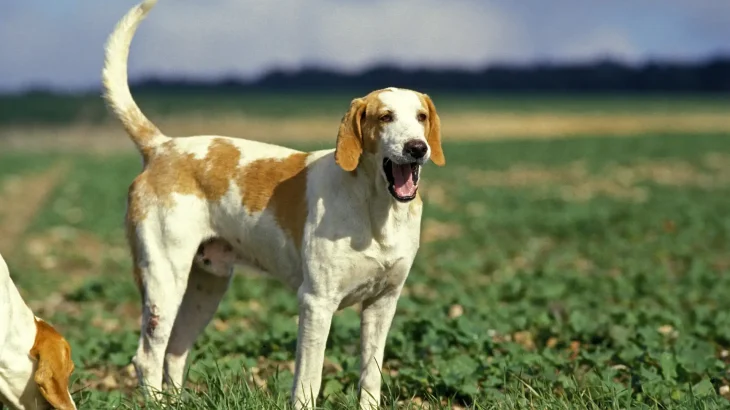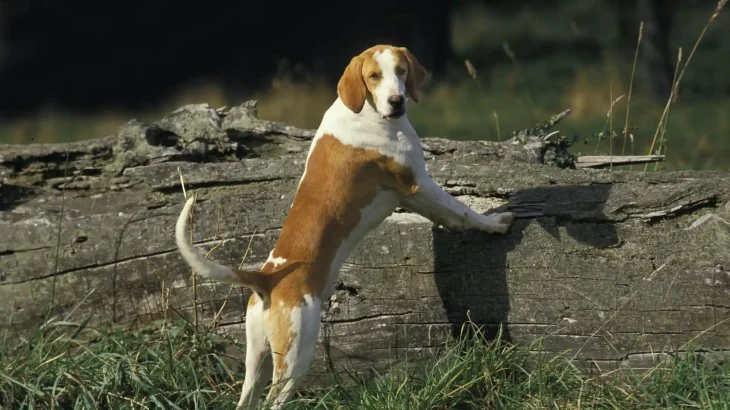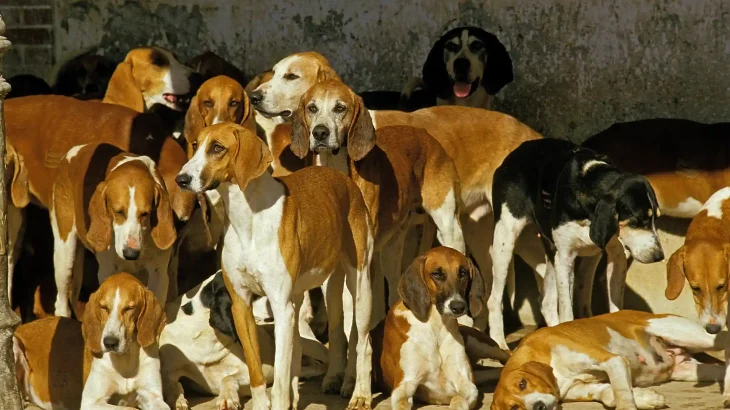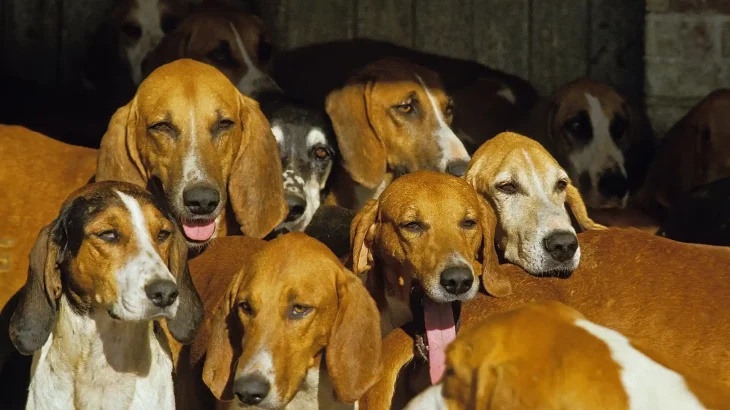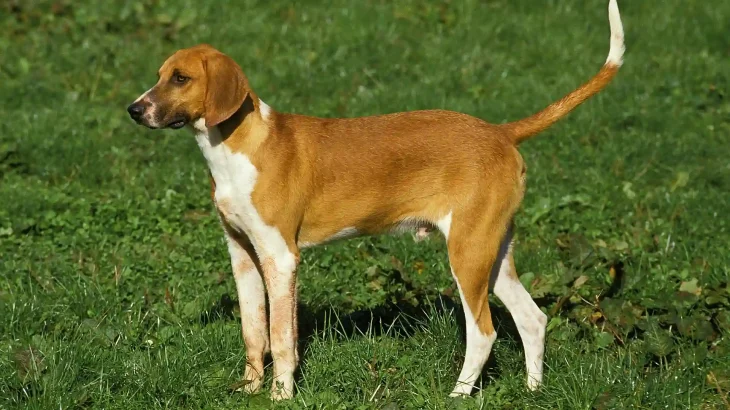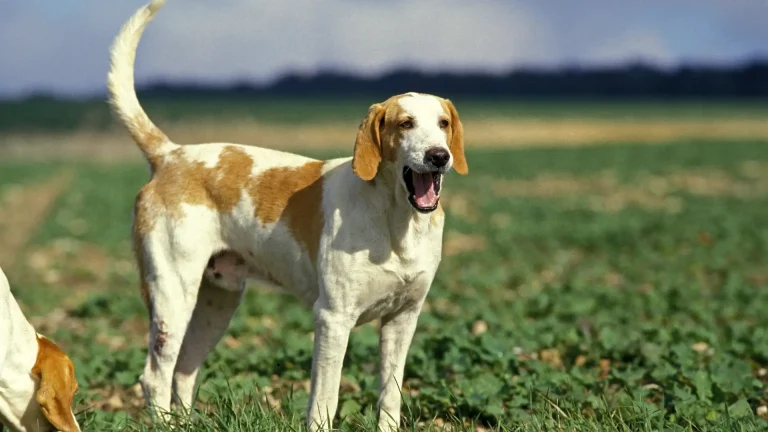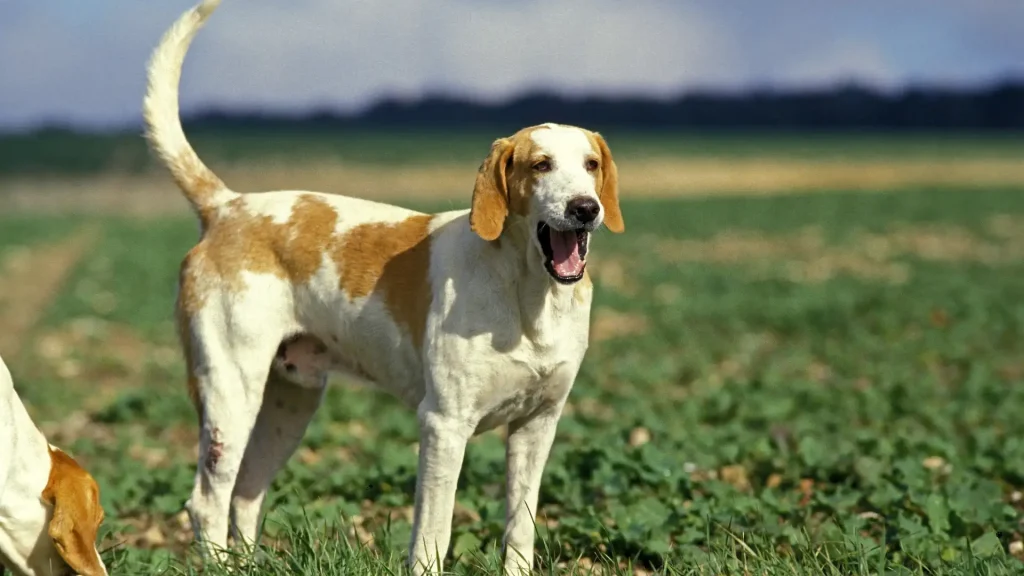Deciding whether to buy or adopt a French White and Orange Hound puppy depends on what you value most in your new companion. Purchasing from a breeder often offers more predictability regarding the puppy's lineage and health, while adoption can be a rewarding way to provide a home to a dog in need.
Adoption vs. Breeder: Pros & Cons
| Criteria | Buying from Breeder | Adopting from Shelter/Rescue |
|---|---|---|
| Cost | Generally higher; purebred puppies often come with a premium price reflecting breeding and care. | Lower adoption fees that usually cover initial vaccinations and spaying/neutering. |
| Health History | Comprehensive health records and genetic testing available from responsible breeders. | Health background may be limited; shelters conduct basic health checks but full history might be unknown. |
| Age Availability | Typically offers puppies, allowing you to raise them from a young age. | Varied ages available, including puppies and adults. |
| Temperament Insight | Breeders can provide details about lineage temperament and traits. | Shelter staff can share observations, but full behavioral history may be incomplete. |
| Supporting Practices | Supports responsible breeding programs when choosing ethical breeders. | Supports animal welfare by saving dogs in need and reducing shelter populations. |
| Ethical Considerations | Requires careful selection to avoid supporting puppy mills or unethical breeding. | Promotes giving a dog a second chance and reduces homelessness. |

